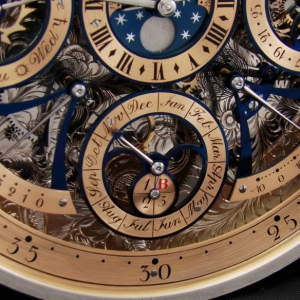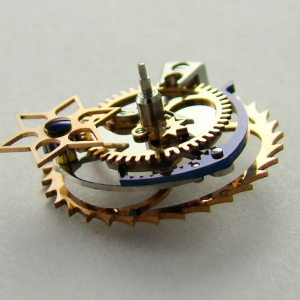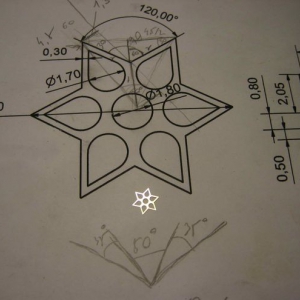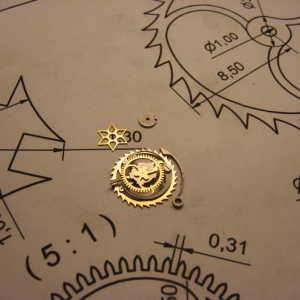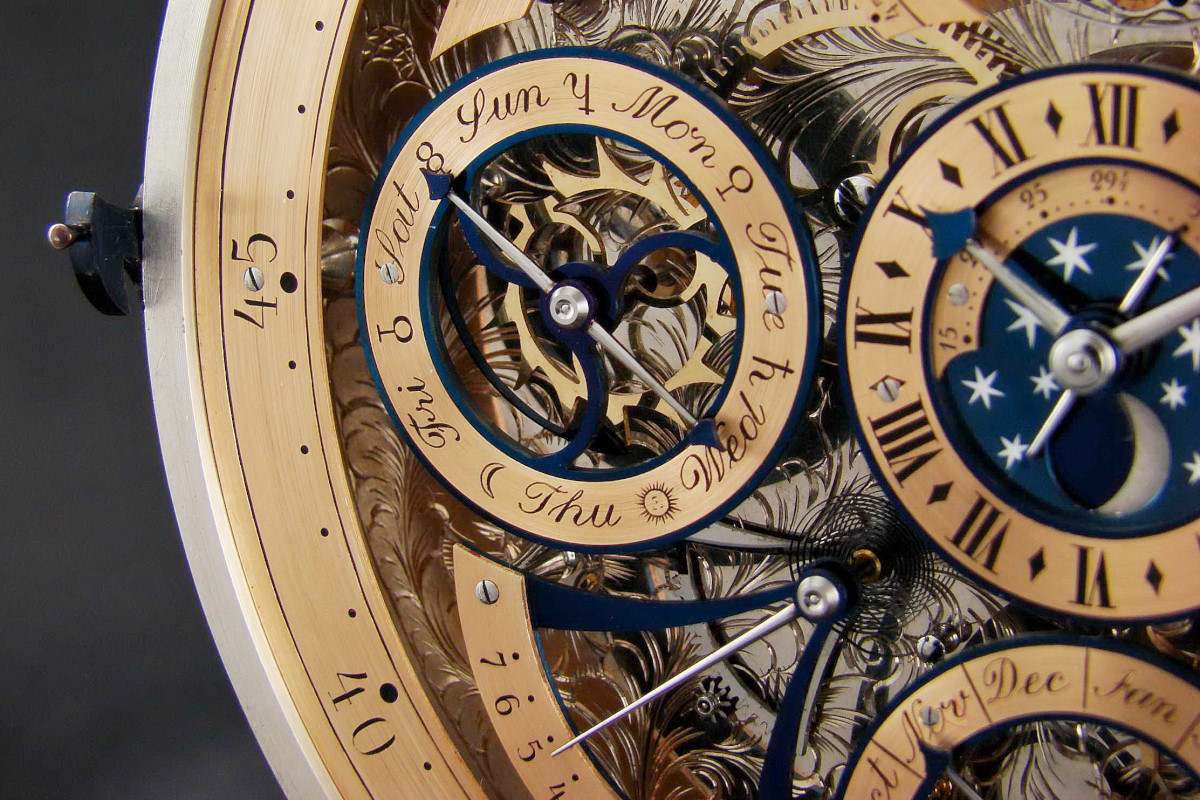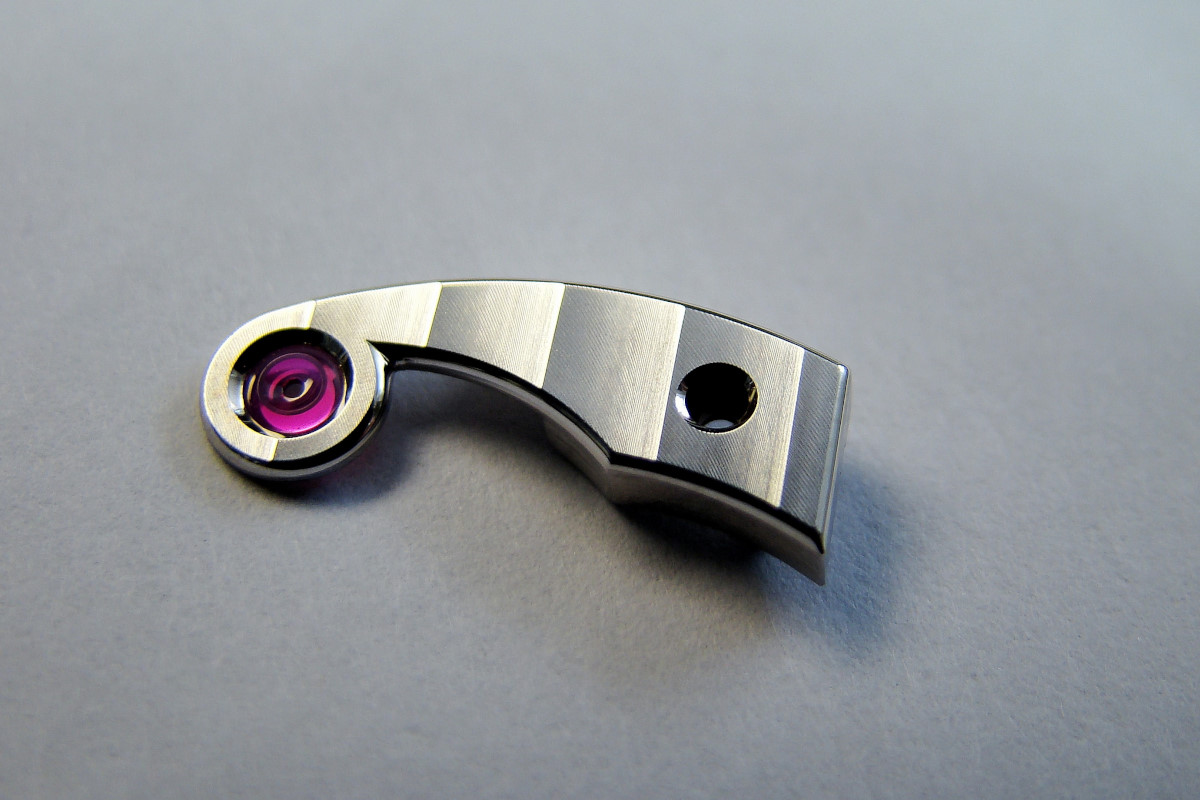Aaron Becsei is an independent watchmaker, and member of Académie Horlogére des Créaturs Indépendants. He guides me with the experts’ knowledge through the secrets of fine watchmaking. In the series of Uncomplicate Complications we discover the seeds of uniqueness, art and value in a timepiece.
Calendars are fairly common feats in watches. In most of them manual adjustment is required at the end of the month, or in every four “leap” years (annual calendar). Perpetual calendars on the other hand are able to calculate the leap years too, reducing the manual date setting requirements to once in every hundred years.
It was in 46 BC, when Julius Caesar reformed the Roman calendar. Years in that consist of 365 days, which are divided into 12 months. Each month has the same number of days as we use today. To approximate the solar year a leap day was added to February every four years and therefore days of one year total 365.25. Because a solar year is actually 10 minutes and 48 seconds shorter, summing up to 3 days in every 400 years, Pope Gregory XIII introduced changes to the Julian calendar in 1582. In addition to applying a practical scheme for Easter calculations, leap years were further regulated. Every year that is exactly divisible by four is a leap year, except for years that are exactly divisible by 100; the centurial years that are exactly divisible by 400 are still leap years. For example, the year 1900 is not a leap year; the year 2000 is a leap year.
Building a perpetual calendar that knows which year we’re in and whether it is leap or not demands exceptional engineering skills. With over 200 additional parts it is in fact a sophisticated mechanical computer. The first such complication was made in 1898 by Patek Philippe in the calibre 97975 with moon phase, date, day of the week and month indicator.
Perpetual calendar mechanisms can be varied. But typically they have a “programmed” month wheel with 12 sectors. Each sector has different cam surfaces which corresponds to the length of each month. There’s a lever, which is in contact with the month program wheel and senses the cam surface height of the given month. Based on how deep the lever can touch the surface, the mechanism “knows” how many steps the day-index should move at the end of the month. The gears are driven by the clock movement, which moves the index one step each day, plus at the end of the month the excess number determined by the lever.
In order to calculate leap years, the month program wheel needs an extension to the month February. In Aaron’s mechanism there’s an additional wheel with four sectors (1-2-3-leap) and it turns one quarter annually. It always shows that face to February which corresponds to the current year (1-2-3-leap). What is exceptional in Aaron’s solution is that his entire mechanism is situated on the same axis.
If you have a watch or clock with perpetual calendar function, perhaps it’s time mark your next adjustment date to 1st March 2100!
The articles of the series:
Uncomplicate complications – Entrée
Uncomplicate complications – Movements
Uncomplicate complications – Anglage
Uncomplicate complications – Geneva stripes
Uncomplicate complications – Finishing #1
Uncomplicate complications – Finishing #2
Uncomplicate complications – Tourbillon
Uncomplicate complications – Perpetual calendar
Uncomplicate complications – Power reserve indicator
Photo credits: Bexei.
All registered trademarks are property of their respective owners.
All rights reserved.


